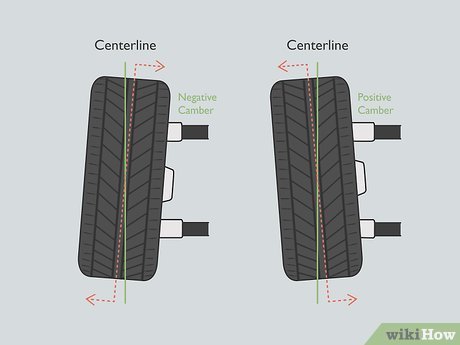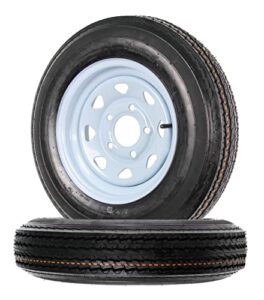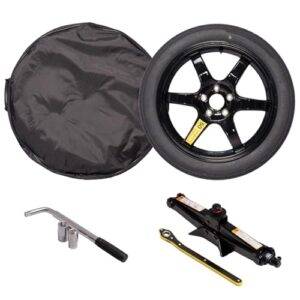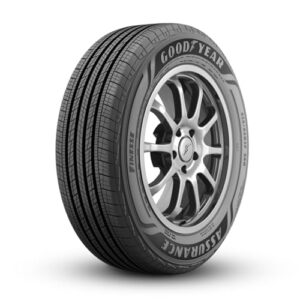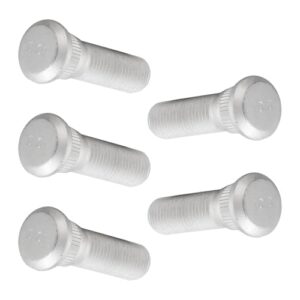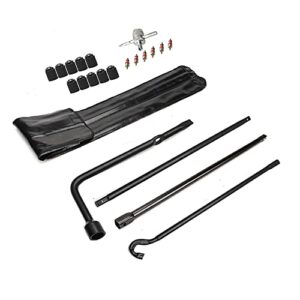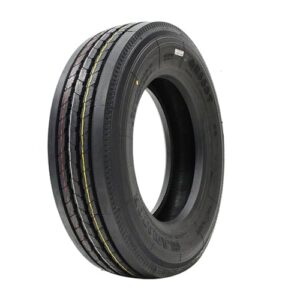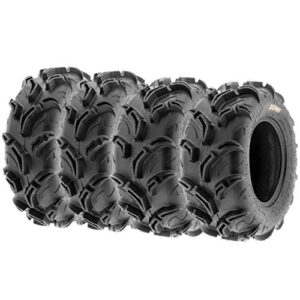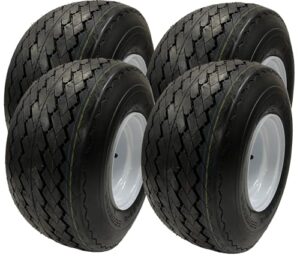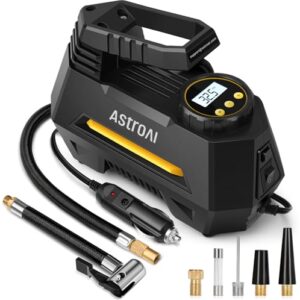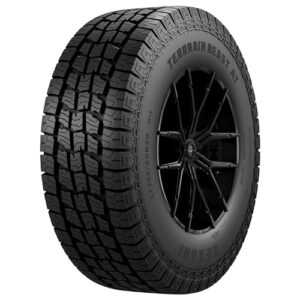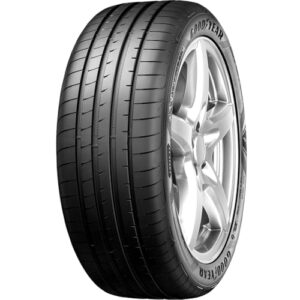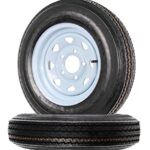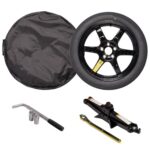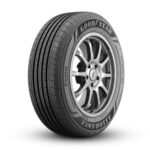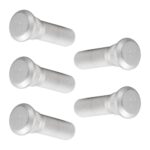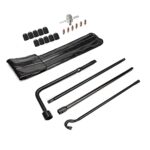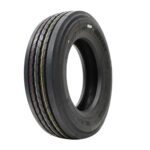To check tire alignment, examine tire wear patterns and test the steering wheel’s straightness. Also, get a professional alignment check.
Proper tire alignment ensures optimal vehicle performance and safety. Misaligned tires cause uneven wear, reducing tire lifespan and affecting handling. Regularly checking alignment helps maintain fuel efficiency and prevents costly repairs. Simple signs like uneven tire wear and a crooked steering wheel indicate alignment issues.
Professional alignment checks offer precise diagnostics and adjustments. By addressing alignment early, you improve driving comfort and safety. Regular maintenance, including alignment checks, promotes vehicle longevity. Prioritize tire alignment to enjoy a smooth and efficient driving experience. Keep your vehicle in top condition with routine checks.

Importance Of Tire Alignment
Ensuring proper tire alignment is crucial for vehicle safety and performance. Poor alignment can lead to uneven tire wear, which reduces tire life. Correct alignment improves handling and prevents the car from pulling to one side. It also ensures that all four tires work together, providing better control and safety.
Safety Benefits
Proper tire alignment offers several safety benefits. First, it ensures that your car handles predictably. This means you can steer accurately and your car will respond as expected. Second, it helps prevent your car from pulling to one side. This reduces the risk of accidents, especially during emergency maneuvers.
Additionally, correct alignment increases braking performance. When tires are aligned properly, they maintain better contact with the road. This improves traction and reduces stopping distances. All these factors contribute to a safer driving experience.
Fuel Efficiency
Good tire alignment also boosts fuel efficiency. Misaligned tires create more resistance on the road, making the engine work harder. This increased effort consumes more fuel. By ensuring your tires are aligned, you reduce this resistance and improve your car’s fuel economy.
Consider the following table to understand how alignment affects fuel efficiency:
| Alignment Condition | Fuel Efficiency Impact |
|---|---|
| Properly Aligned | Optimal fuel efficiency |
| Minor Misalignment | 1-3% decrease |
| Severe Misalignment | Up to 10% decrease |
Regular alignment checks can save you money on fuel. This is especially important for long-distance drivers. Keeping your tires aligned ensures you get the most out of every gallon of gas.
Signs Of Misalignment
Recognizing signs of misalignment is crucial for maintaining your vehicle. Misalignment can lead to dangerous driving conditions. Below are some common signs to look for.
Uneven Tire Wear
Uneven tire wear is a clear sign of misalignment. Check your tires for these patterns:
- Wear on one side of the tire
- Feathering or scalloping
- Excessive wear in the center or edges
If you see any of these patterns, your tires might be misaligned.
Vehicle Pulling
If your vehicle pulls to one side, it could be a sign of misalignment. Here’s how to test it:
- Find a straight, flat road
- Drive at a low speed
- Briefly let go of the steering wheel
If your car drifts to one side, alignment may be off. Always keep safety in mind while performing this test.
| Sign | Description |
|---|---|
| Uneven Tire Wear | Wear on one side, feathering, or excessive wear. |
| Vehicle Pulling | Car drifts to one side when driving straight. |
Tools Needed
Checking tire alignment at home is possible with the right tools. A few essential tools will help you ensure your tires are properly aligned. This section covers the tools needed for this task.
Alignment Gauge
An alignment gauge is crucial for checking tire alignment. This tool measures the angle of your tires to ensure they meet the manufacturer’s specifications. Ensure the gauge is accurate and easy to read. Here are some features to look for in an alignment gauge:
- Easy-to-read display
- Durable materials
- Accuracy within 0.1 degrees
Jack And Stands
A strong jack and reliable stands are essential for lifting your car. These tools allow you to access the underside of your vehicle safely. Here is a list of what you need:
- Hydraulic jack
- Two or four sturdy jack stands
- Wheel chocks
Always use the jack and stands on a flat surface. Ensure they are rated for your car’s weight.
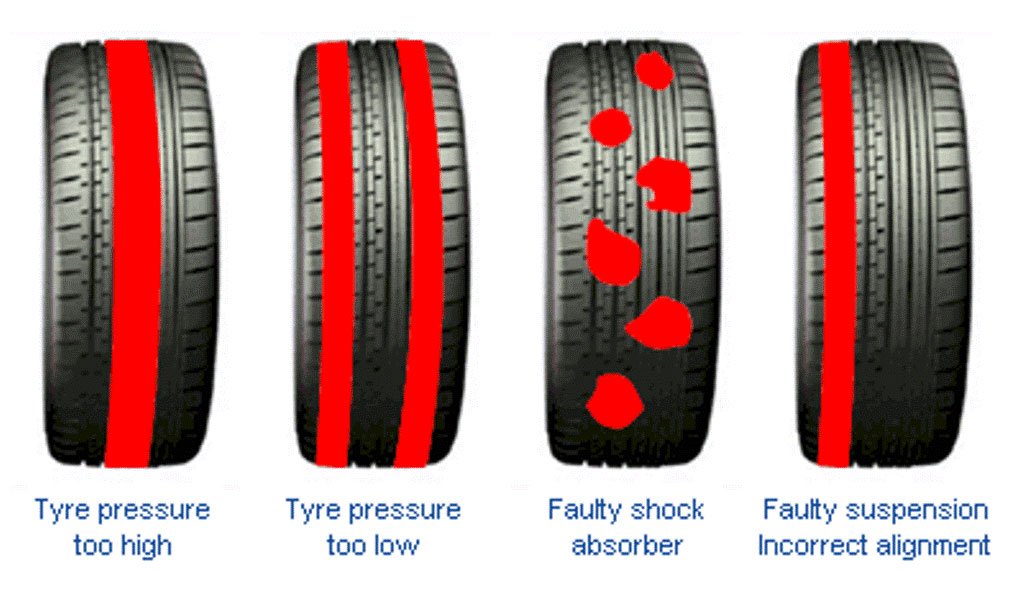
Preparation Steps
Checking tire alignment is crucial for your vehicle’s safety and performance. Proper alignment ensures even tire wear and better handling. Follow these preparation steps before checking your tire alignment.
Park On Level Surface
First, find a level surface to park your vehicle. A flat ground helps in accurate alignment checks. Ensure the area is clear of obstacles. This prevents any incorrect readings or adjustments.
Use a level to confirm the surface is flat. Place the level on the ground and check the bubble. The bubble should be centered for an accurate reading.
Check Tire Pressure
Next, check your tire pressure. Proper tire pressure is vital for accurate alignment. Use a tire pressure gauge to measure the pressure in each tire.
Compare the readings to the manufacturer’s recommended levels. You can find these in your vehicle’s manual or on the driver’s side door. Inflate or deflate the tires as needed to reach the recommended pressure.
| Tire Position | Recommended Pressure | Current Pressure |
|---|---|---|
| Front Left | 35 PSI | 32 PSI |
| Front Right | 35 PSI | 34 PSI |
| Rear Left | 33 PSI | 30 PSI |
| Rear Right | 33 PSI | 31 PSI |
Repeat this process for all four tires. Ensure each tire matches the recommended pressure.
These preparation steps are essential for accurate tire alignment. Taking these steps ensures your vehicle performs at its best.
Measuring Alignment
Ensuring proper tire alignment is crucial for vehicle safety and performance. By measuring alignment, you can extend tire life and improve handling. Let’s dive into the specifics of measuring alignment, focusing on front tire camber and rear tire toe.
Front Tire Camber
Camber refers to the tilt of the tire from vertical. A tire can be tilted inward or outward. This tilt affects how the tire contacts the road.
To measure camber, you need a camber gauge. Follow these steps:
- Park your car on a level surface.
- Attach the camber gauge to the wheel hub.
- Read the gauge to determine the camber angle.
Compare the reading to your vehicle’s specifications. Adjust the camber if it is out of range. Proper camber ensures even tire wear and better handling.
Rear Tire Toe
Toe is the angle of the tires pointing inward or outward. Toe affects the vehicle’s straight-line stability.
To measure toe, you need a toe gauge. Here’s how:
- Park the car on a level surface.
- Mark the center of each rear tire with chalk.
- Measure the distance between the front and rear marks on both tires.
- Compare these measurements to your vehicle’s specifications.
If the measurements are off, adjust the toe angle. Proper toe alignment prevents uneven tire wear and improves straight-line tracking.
Adjusting Alignment
Proper tire alignment ensures your car drives straight and your tires wear evenly. This guide will help you adjust the alignment of your tires. Follow each step carefully for the best results.
Loosen Adjusting Bolts
First, locate the adjusting bolts on your car’s suspension system. These bolts allow you to change the angles of your tires. Use a wrench to loosen the bolts. Make sure not to remove them completely. Just loosen enough to allow movement.
It’s important to have the right tools for the job. Here’s a quick list of the tools you’ll need:
- Wrench
- Jack
- Alignment gauge
- Measuring tape
Once the bolts are loose, you can begin to adjust the tire angles.
Set Correct Angles
Now, use an alignment gauge to measure the current angles of your tires. Adjust the angles according to the specifications in your car’s manual. The three main angles to adjust are:
| Angle | Description |
|---|---|
| Camber | Inward or outward tilt of the tire |
| Toe | Direction the tires point |
| Caster | Angle of steering pivot |
Follow these steps to set the correct angles:
- Adjust the camber angle using the adjusting bolts.
- Next, set the toe angle. Ensure both tires point straight.
- Finally, check and adjust the caster angle.
After adjusting, re-tighten the adjusting bolts. Double-check all angles with the alignment gauge to ensure accuracy.
Post-adjustment Check
After adjusting your tire alignment, it’s crucial to perform a post-adjustment check. This ensures that your vehicle is safe and performs well. The post-adjustment check includes a test drive and rechecking measurements.
Test Drive
Start with a short test drive to assess the alignment. Drive your car on a flat, straight road. Pay attention to how the car handles. Ensure the vehicle does not pull to one side. Listen for unusual noises or vibrations.
During the test drive, observe the steering wheel. It should remain centered and straight. If it drifts, your alignment may still be off. Make small turns to check the response. The car should turn smoothly without resistance.
Recheck Measurements
After the test drive, recheck the alignment measurements. Use an alignment tool or take the car to a professional. Measure the camber, caster, and toe angles. Compare them to the manufacturer’s specifications.
Note any discrepancies in the measurements. If the values are off, repeat the adjustment process. Ensure all tires have even wear patterns. Uneven wear indicates a misalignment. Rechecking helps confirm the alignment is accurate.
| Parameter | Perfect Range |
|---|---|
| Camber | -0.5 to 0.5 degrees |
| Caster | 2 to 8 degrees |
| Toe | 0 to 0.2 inches |
Using a table like the one above helps track alignment data. Correct measurements ensure a smooth, safe driving experience. Always verify your alignment after adjustments.
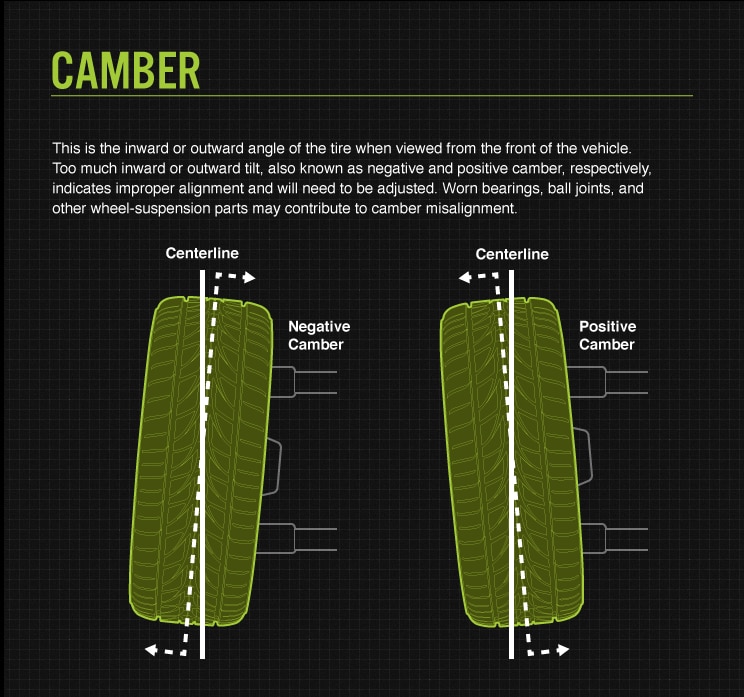
Preventive Maintenance
Preventive maintenance ensures your tires last longer and your car stays safe. Regularly checking tire alignment helps avoid costly repairs. Below are some key practices for maintaining proper tire alignment.
Regular Inspections
Regular inspections are crucial for keeping your tires in top condition. Look for uneven wear, which might indicate misalignment. A visual inspection can reveal important clues.
Use this checklist during your inspections:
- Check tire tread depth.
- Look for any visible damage.
- Ensure tires are properly inflated.
If you notice any issues, have a professional check the alignment.
Proper Tire Rotation
Proper tire rotation helps distribute wear evenly across all tires. Rotate your tires every 5,000 to 7,000 miles.
Follow these steps for effective tire rotation:
- Consult your car’s manual for rotation patterns.
- Use a jack to lift the car.
- Move each tire to its new position.
Regular rotation prevents uneven wear, ensuring longer tire life.
Frequently Asked Questions
How To Check Wheel Alignment Yourself?
Park your car on a level surface. Check tire wear patterns. Use a tape measure to check wheel distance. Adjust if needed. Test drive to ensure proper alignment.
How Do You Check If Tires Are Aligned?
Check tire alignment by inspecting tire wear patterns and steering wheel position. Uneven wear indicates misalignment.
Can You Tell If Your Alignment Is Off?
Yes, uneven tire wear, steering wheel vibration, or the car pulling to one side can indicate misalignment.
How Do I Know If I Need An Alignment Or New Tires?
Uneven tire wear, vibrations, or pulling to one side indicate you need an alignment. Bald spots or frequent air loss suggest new tires. Regular checks can help identify issues early.
Conclusion
Regular tire alignment checks are crucial for vehicle safety and performance. Proper alignment ensures even tire wear and better handling. Follow the steps outlined to check and maintain alignment. Keeping your tires aligned will save you money and prolong the life of your tires.
Prioritize tire alignment for a smoother, safer ride.


